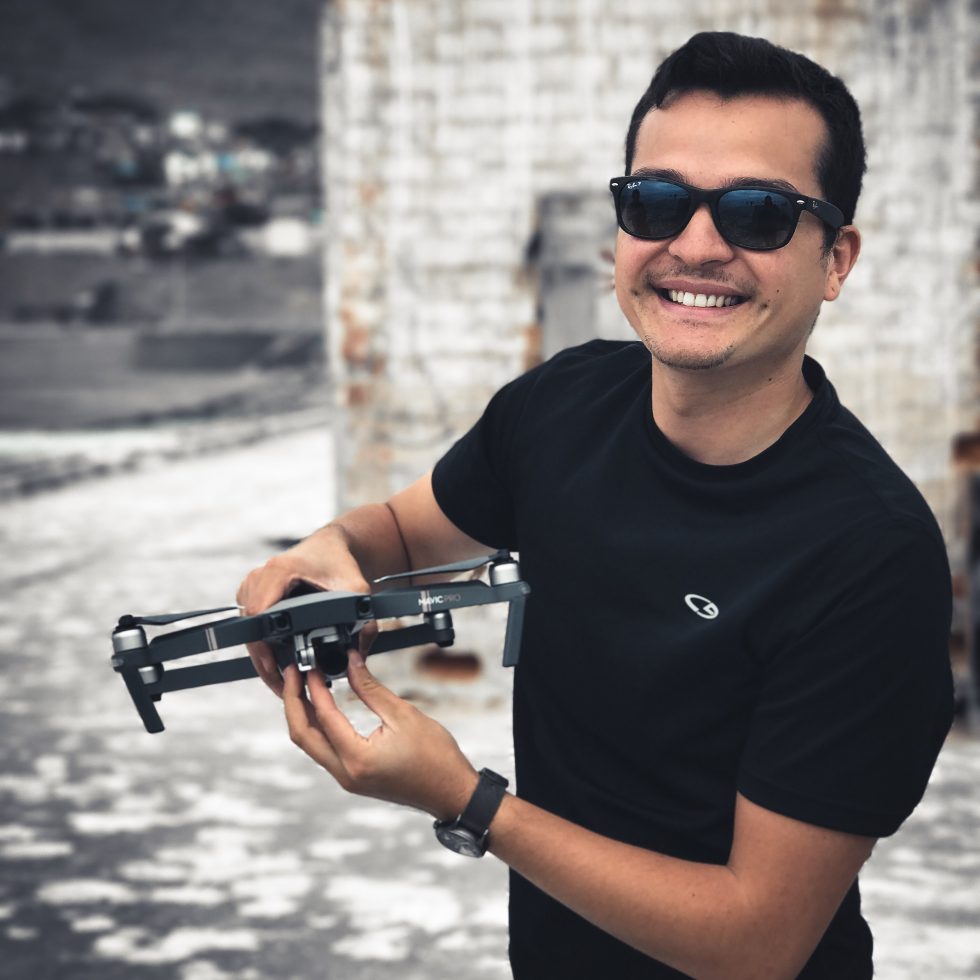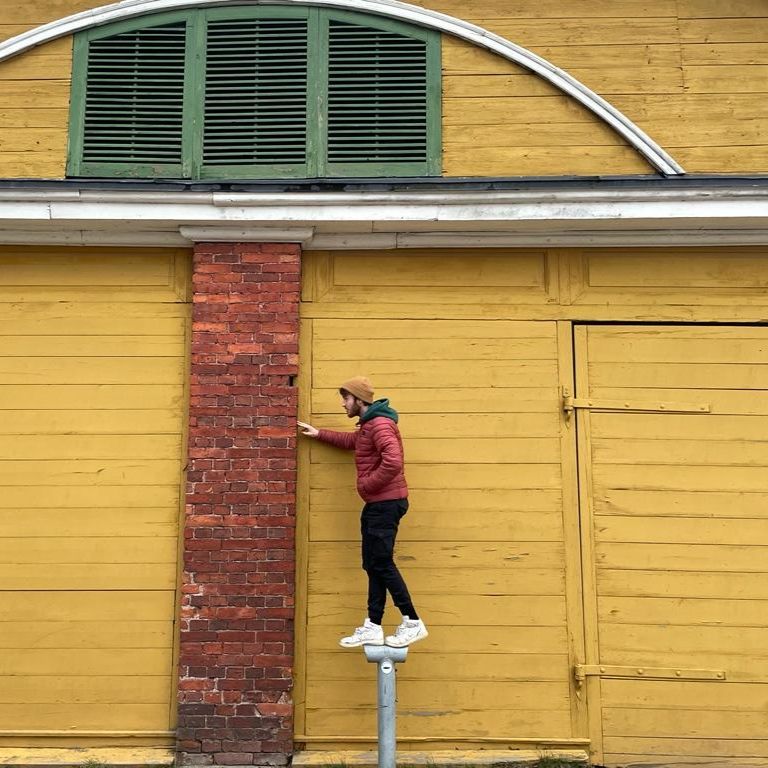Shooting a Short Documentary? Here Are 9 Essential Tips to Get Started
Rent film gear from local filmmakers.

Rent film gear from local filmmakers.
Are you interested in shooting a short documentary?
Dabbling in this genre is a great way to gain valuable experience while shining light on a topic or issue that you care about.
Short Documentary 101: How to Make a Short Documentary by Eypee Kaamiño
Documentary films show real events and non-fiction. Are you interested in making a short documentary? Then this masterclass was made for you 🤩
Trailer
XwNznkyy7_Y
Intro
1
Fsev9I6vqK4
Length & duration
48
Story is key
122
Writing a script
144
Making a short doc
181
Pre-production
184
Production
213
A-roll & b-roll
234
Edit
283
Distribution
349
Best gear
421
Ending
444
Meet Eypee
X9TlFcraesg
What you’ll learn
A short documentary is 1-10 minutes but the duration is not the most important element.
Story is key – if you found a person with an interesting story, build the film around them.
Even if you don't have a script, listen to your talent and create a list of b-roll for your a-roll.
Why making as much B-roll as possible is going to help you during post-production.
In the pre-production phase, prepare your gear, organize the transportation, and scout the location.
Your main interview is the most important piece of your footage and your main audio source.
Follow the 9 hand-picked tips below to get started.
Interested in a broader perspective? Learn all you need to know about filmmaking.
9 tips to film a short documentary
Here are the top 9 tips for shooting a short documentary.
Follow them to captivate the audience and elevate your project to the next level.
1. Tell a deeper story
To create a short documentary that fascinates, you must dig below the surface. Topics that appear interesting at first glance fall flat unless you prod and uncover more.
How can you get to the core of your subject?
Start with a topic you care about. If you’re uninterested, your film likely won’t resonate with viewers either.
A well-thought-out project will highlight key information and underlying motivations.
It should always boil down to a single thing: Why are you making your short documentary?
Keep the reason in mind and let it guide your choices throughout the process.
2. Determine your documentary filmmaking style
Before you ready yourself for the shoot, understand and decide between the most common documentary types.
Here are some popular styles to consider for your next project.
Observational style
Observational documentaries are a pure format where the filmmaker doesn’t interfere with the documentary subject, they simply present them objectively. Cinéma vérité is a notable subgenre and influence on observational documentaries.
Expository documentary
Expository documentaries take a stand and support a specific point of view. Narration and voiceovers guide the viewer through the experience with visuals and audio assisting the storytelling. An expository documentary aims to inform and persuade and uses all tools in its repertoire to do so.
Participatory style
Participatory documentaries focus on the interaction between the filmmaker and the subject. This style requires the creator's serious commitment and documents their experience. It tells the story through the eyes of the filmmaker.
Learn about more documentary types to take your pick.
You may strictly stick to a specific type of channel elements from several. Keep in mind that your choices should always support your overall narrative. Ensure consistency through all your decisions to improve the final product.
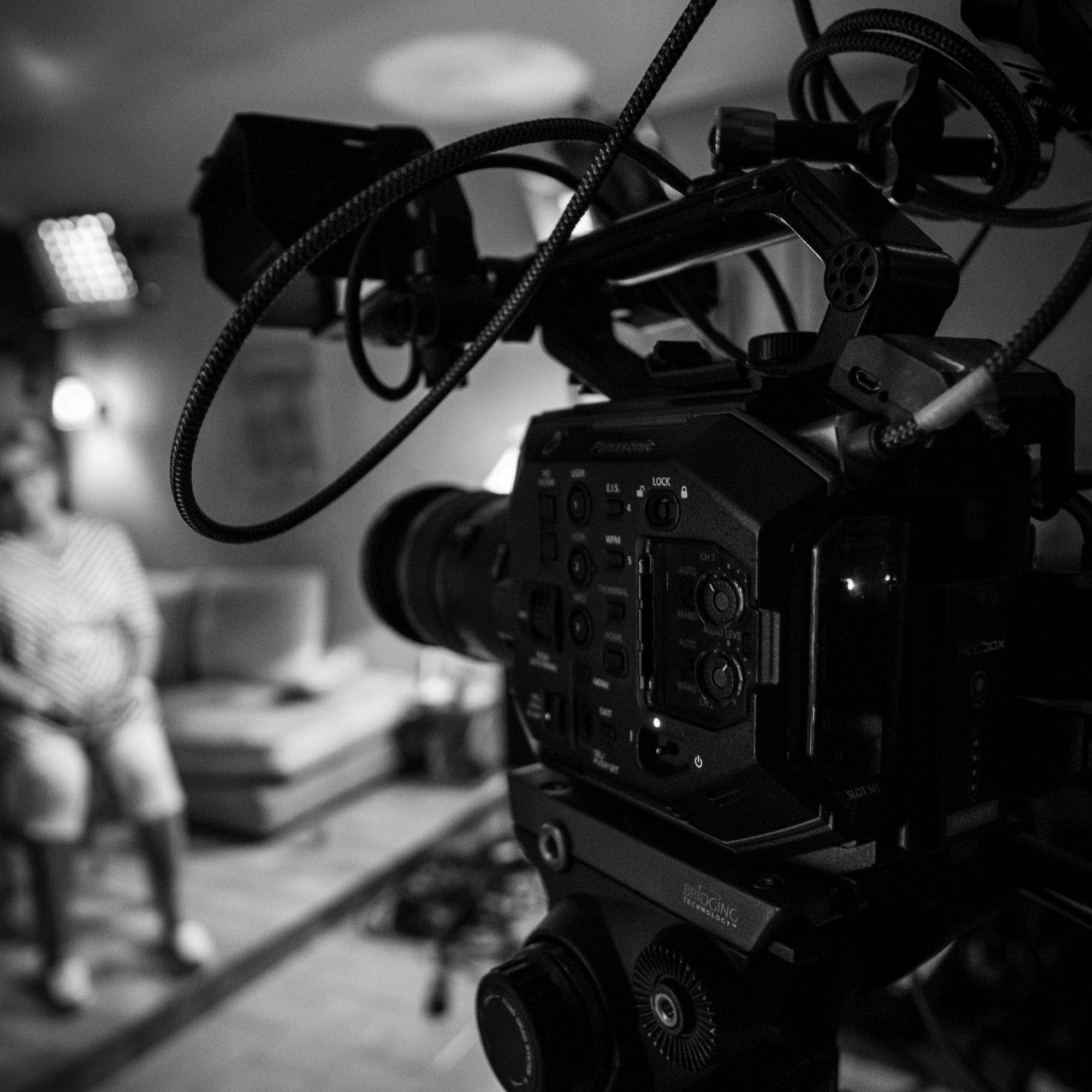
3. Research and outline
An outstanding documentary is always a well-researched documentary. Putting in the hours and doing your homework will allow you to plan better and construct an overarching narrative. Deep dive into your topic to discover key plot points and set up an outline before filming. Use all tools at your hand, like google, experts, and other documentaries on the subject. Learn more about the art of documentary filmmaking before you get started.
An outline will ensure a fluid, logical flow that takes your viewers on a journey. If your documentary features narration, write out the script. Consider following a simple three-act structure. Introduce your subject, elaborate on the topic, and resolve whatever conflict or plot points arose.
4. Decide an appropriate documentary length
Documentaries vary in length to an extreme degree. While narrative films are usually better defined, documentaries can last anywhere between 5 minutes to several hours. The Academy Awards determine feature films at a minimum of 40 minutes, so I’ll do the same.
This means that a short documentary will fall between 5 to 40 minutes. While the ideal length will always depend on your subject and presentation, in general, aim for as short of a film as possible. Lengthy movies can bore the audience, especially if there isn’t enough substance to fill out the runtime. Your outline should help with the decision. Be harsh in post-production and stick to only the essentials to showcase your documentary in the best light.
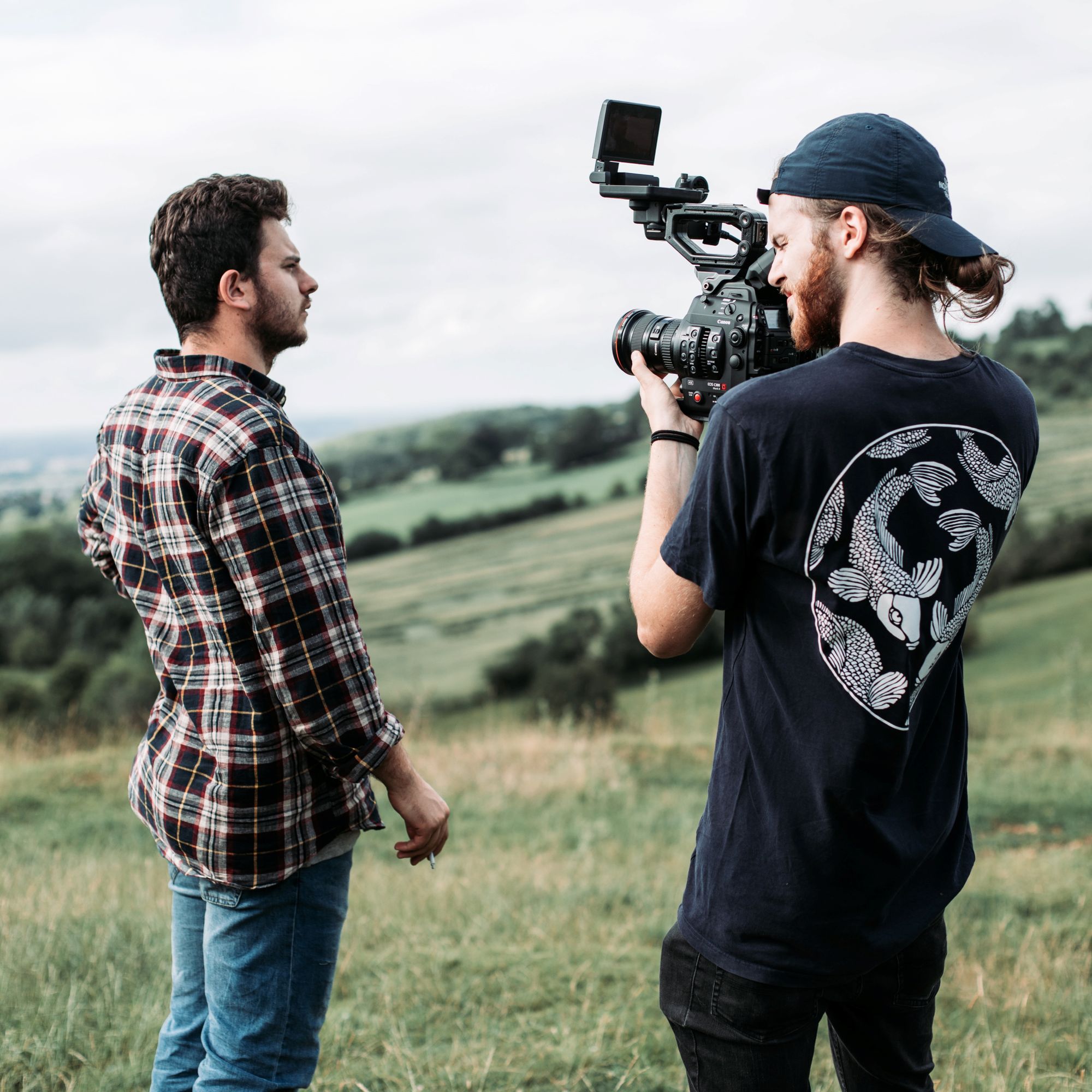
5. Create a shot list
A shot list includes all footage and interviews you wish to capture for the final product. It’s an organized list of all shots you need for your planned sequences and scenes. It’s the guiding light and checklist for when production gets hectic. Therefore, it deserves and demands significant attention.
Learn all you need about shot lists and download your free template here.
6. Conduct your interviews
Documentaries most often feature interviews with relevant parties who share insights and add a personal touch to the narrative. Find people in your niche who may be experts, witnesses, or participants, depending on your subject. Get in contact, set up a meeting, and make sure you’re legally covered with a talent release form.
Interviews can make or break a short documentary. You’ll need a knowledgeable interviewer with excellent people skills to guide the interview subject. The audio quality is extremely important. You can elevate your interviews by following the tips for framing interviews attractively.
7. Shoot b-roll and audio for texture and context
B-roll footage provides context and immerses viewers. This is where you can let your creativity fly and capture everything that might make it to the final edit. B-roll supports your short documentary as secondary footage to fill the gaps. Give yourself options but aim for a coherent style across the footage.
You can shoot b-roll before or after your interviews. Create establishing shots, atmospheric close-ups of objects, reenactments, or cinéma vérité-style undirected footage.
Don’t overlook the importance of audio in your short documentary. Interviews, voiceovers, and ambient sounds can immerse viewers in your story. They provide context and allow the audience to connect deeply with the senses.
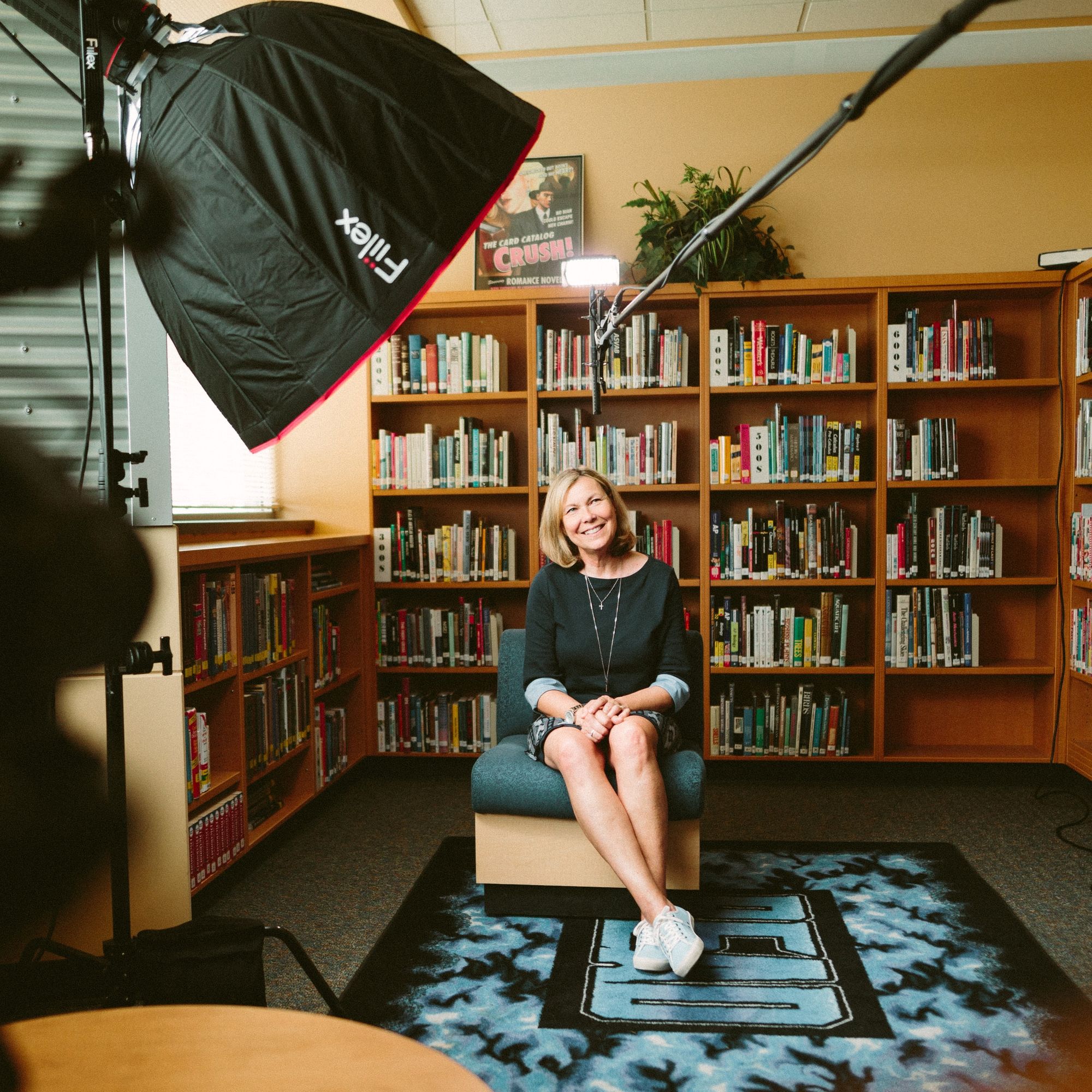
8. Begin the editing process
The editing process is crucial to provide documentaries with a logical structure. If you decide to go for the short format, be prepared to make some hard choices. Keep your film moving by ruthlessly cutting footage that does not support and bring forward the overall narrative.
Think of your components as pieces of a puzzle. Editing is fitting all elements together, from footage to interviews, music, narration, and more. It determines the pacing of your film, which in turn will affect engagement and the emotional impact made on viewers.
9. Promote and distribute your short documentary
It’s time to share your project with the world. What’s all the blood, sweat, and tears for if you won’t find an audience? You can promote and distribute your finished documentary in several ways. Aspiring filmmakers often overlook this crucial step. Don’t fall into the same trap. Understand distribution and other vital elements of filmmaking.
Your film’s distribution will depend on your network and resources. It’s easy to upload your project directly to your website to provide access. You can also broadcast it on television if you make contacts with relevant distributors. You may distribute it digitally on streaming platforms.
Film festivals are an excellent way to gain exposure for your project. Most festivals feature a separate category for short documentary films, while others might be entirely centered around the genre. Attending film festivals is a great way to find an audience and network with like-minded professionals.
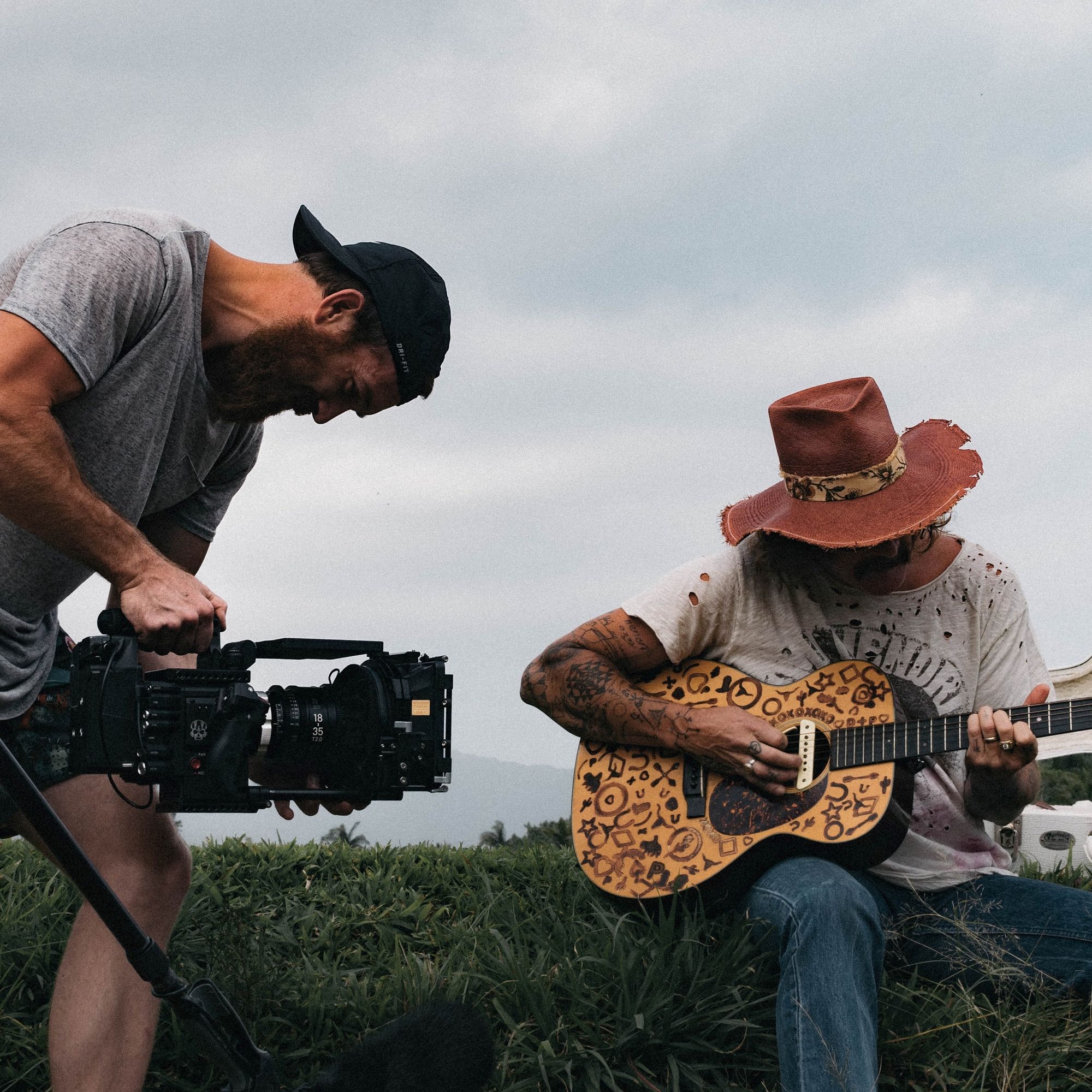
Up next: Ignite your documentary filmmaking career
Hopefully, the tips above will help you and guide you in producing your short documentary.
But remember: The way to master the genre is to get out there and make films!
Experiment, make mistakes, and learn from them. Dive deeper into documentary filmmaking with our complete guide with Matt Harris.
About the instructor
Eypee Kaamiño
Videographer
Berlin, Germany
Eypee Kaamiño is a videographer for documentaries and tourism. His background is working in the music industry, in which producing music and music videos was the main job.
FAQs
What are the four steps for filming a short documentary?
Film a short documentary by finding and planning out your story first. Record subject interviews and b-roll for context. Edit the movie to your desired length and impact. Distribute and promote it to get it to viewers!
How do you structure a short documentary?
Most short documentaries follow the classic 3-act structure. They start with an introduction, dive into the topic in the middle part, and wrap up with a conclusion.
What are the fundamental steps to film a short documentary?
The fundamental steps are:
Finding the right story,
Deciding on the ideal style,
Research and planning,
Production,
Editing, and
Distribution.





















